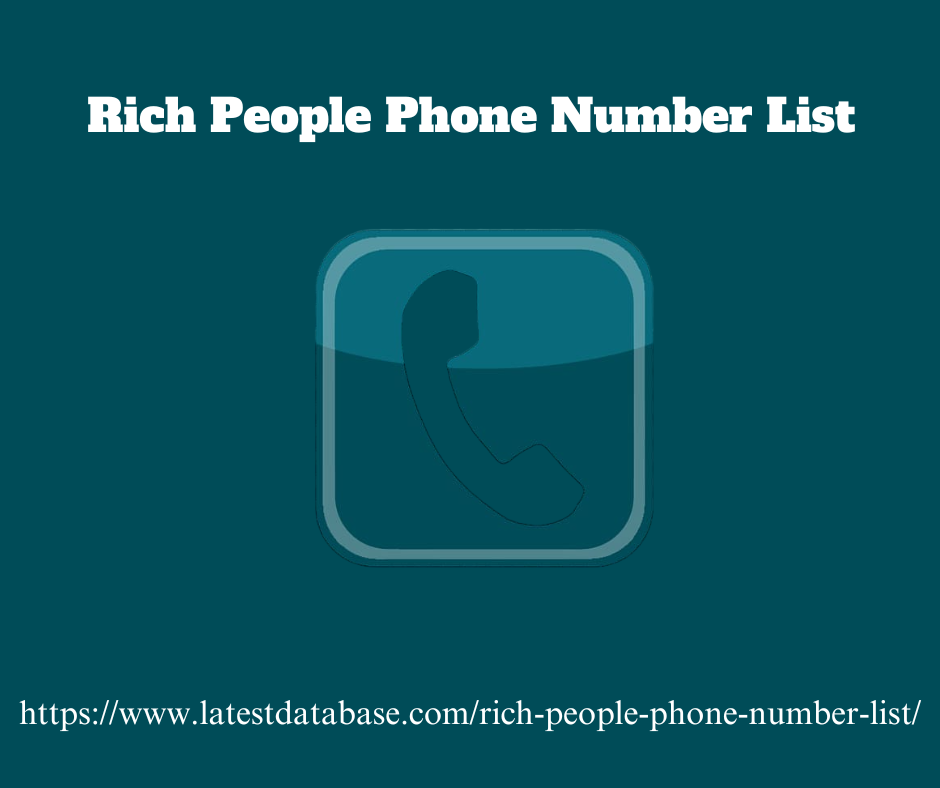|
|
strategy is to create useful content and distribute it to your target audience. For example, you can create blog posts, social posts, or guest blog. At this point, the content should be primarily informational and help your audience solve their problems. Participate in the conversation Once a prospect has shared their information with you, they move on to step two. The main difference between this step and the first is that it is more specific. For example, pull
content can cover topics such as "What is X?" or “Benefit of The content is still Rich People Phone Number List useful but is more focused on business solutions and is designed to convert prospects into customers. The final step in seduce is to enable your customers to take full advantage of your product. Here you will share exclusive content about your product such as user guides or tips and tricks. It's also important to ask for feedback so we can resolve any product-related issues our customers may have. Inbound Marketing Channels Inbound marketing strategies revolve around multiple channels that often overlap with each other. These channels are: Email marketing.

Email marketing focuses on the second stage of the inbound funnel. You’ve attracted potential customers so it’s time to share more targeted content. For example, you can send a welcome sequence to new prospects or share new blog content that will be useful to them. Social media marketing. Social media is great for attracting and engaging potential customers because it allows for two-way communication. You can reuse product reviews as social proof and publicly address customer concerns. You can also reuse content from other channels (such as your blog) to increase traffic. Search marketing. Search marketing involves creating public content such as blog posts, infographics, and guides. If you follow Search Engine Optimization (SEO) best
|
|